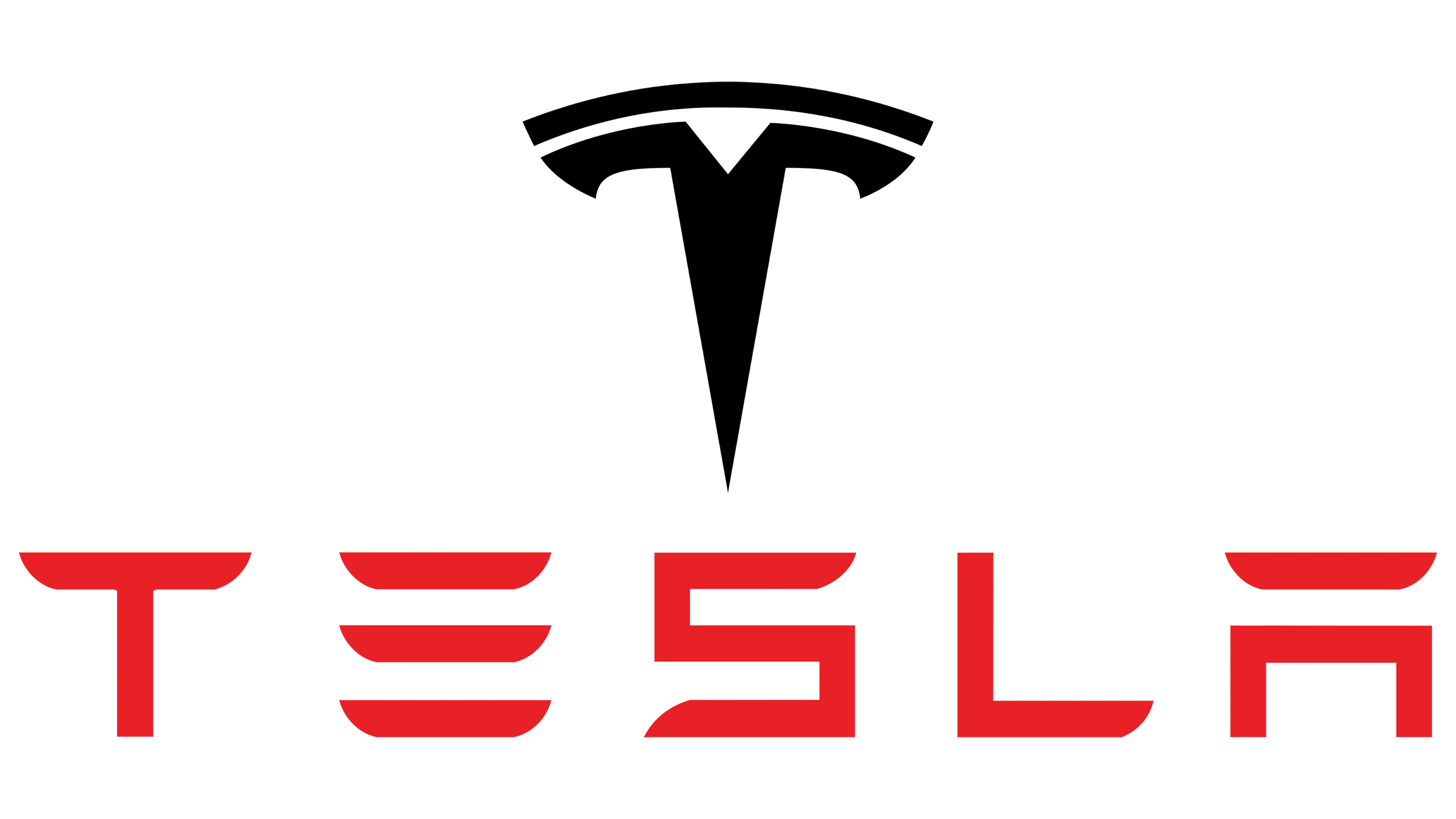It is the fourth Tesla recall announced in the last two weeks, as U.S. safety regulators tighten their grip on the country's largest electric vehicle manufacturer. Tesla made decisions that violated federal motor vehicle safety standards in two of the recalls, while the others were caused by software errors.
According to data on the National Highway Traffic Safety Administration website Thursday, the cars and SUVs have a "Boombox" function that allows drivers to play sounds while the vehicles are moving. According to the agency, this violates federal safety standards that require pedestrian warning noises for electric vehicles, which make little noise when in motion.
The issue will be resolved with an over-the-air software update that will disable "Boombox" in drive, reverse, or neutral, according to the agency.
"When the vehicle is parked or in motion, the Boombox functionality allows the customer to play preset or custom sounds through the PWS (pedestrian warning system) external speaker." "According to documents available on the NHTSA's website. "While Boombox and the pedestrian alert sound are mutually exclusive sounds, sounds emitted by Boombox may be interpreted as obscuring or preventing the PWS from complying." "The agency wrote that it was in accordance with safety standards.
According to records, the recall applies to certain 2020 through 2022 Tesla Model X, S, and Y vehicles, as well as 2017 through 2022 Model 3s.
Tesla, which has disbanded its media relations department, was contacted for comment on Thursday. According to the NHTSA, the company is not aware of any crashes or injuries as a result of the problem.
The NHTSA stated in documents that Tesla will enable Boombox with a software update in December 2020. In January 2021, the agency requested information from Tesla, and Tesla explained the feature and claimed that it met US safety standards. The NHTSA launched an investigation into the feature in September 2021. Tesla defended its reasoning for determining that Boombox met safety standards a month later. However, on January 29, this year, the company decided to conduct a recall and disable the Bombox in drive, neutral, and reverse.
According to the NHTSA, in 2010, Congress mandated that electric and hybrid vehicles emit pedestrian warning noises. The law required manufacturers to prohibit anyone other than an automaker or dealer from "disabling, altering, replacing, or modifying the pedestrian alert sound or set of sounds."
According to NHTSA records, Tesla's recall on Tuesday is the 15th since January 2021. Furthermore, the NHTSA has launched a number of investigations into Tesla vehicles.
By pushing safety limits, Tesla appears to be playing "cat and mouse" with the NHTSA's enforcement team, according to Michael Brooks, acting executive director of the nonprofit Center for Auto Safety. According to him, the company is siphoning resources away from the agency, which is attempting to deal with rising highway fatality rates.
Brooks has asked the NHTSA to consider civil fines for Tesla's actions because recalls, investigations, orders, and other methods aren't working. "They're making an effort here, but at some point, you have to call Tesla out on its overall strategy, which appears to be pushing the limits of the safety act." "Brooks stated.
Tesla was forced to recall nearly 54,000 vehicles equipped with "Full Self-Driving" technology last week "The vehicles were equipped with software that allowed them to run through stop signs at low speeds without coming to a complete stop. Tesla owners are "beta testing" the software on public roads, but despite the name, the cars cannot drive themselves.
In addition, the company was forced to recall over 800,000 vehicles because seat belt reminder chimes may not sound when the vehicles are started while the driver is not buckled up. Moreover, nearly 27,000 vehicles were recalled this week because the cabin heating systems may not defrost the windshield quickly enough. All of them were supposed to be fixed with online software updates.
Tesla is pushing the boundaries of safety to see what it can get away with, according to safety advocates and automated vehicle experts, but the NHTSA is pushing back.
In addition, following an NHTSA investigation in December, Tesla disabled a feature that allowed drivers to play video games on center touch screens while the vehicles were moving.
In November, the NHTSA announced that it was investigating a complaint from a Tesla driver in California who claimed that the "Full Self-Driving" software was to blame for a crash. The driver reported to the agency that a Model Y entered the wrong lane and was struck by another vehicle. According to the complaint, the SUV alerted the driver halfway through the turn, and the driver attempted to turn the wheel to avoid other traffic. However, the car took control and "forced itself into the wrong lane," according to the driver. The crash on November 3rd resulted in no injuries.
The NHTSA is also looking into why Teslas using the company's less sophisticated "Autopilot" partially automated driver-assist system have repeatedly collided with emergency vehicles parked on highways. The investigation was launched in August, citing 12 crashes in which Teslas on Autopilot collided with parked police and fire vehicles. At least 17 people were injured and one was killed in the crashes under investigation.
In its earnings release last week, Tesla stated that "Full Self-Driving" software is now being tested by owners in nearly 60,000 vehicles in the United States. In the third quarter, it was only around 2,000. The software, which costs $12,000, is expected to boost Tesla's profitability, according to the company.













